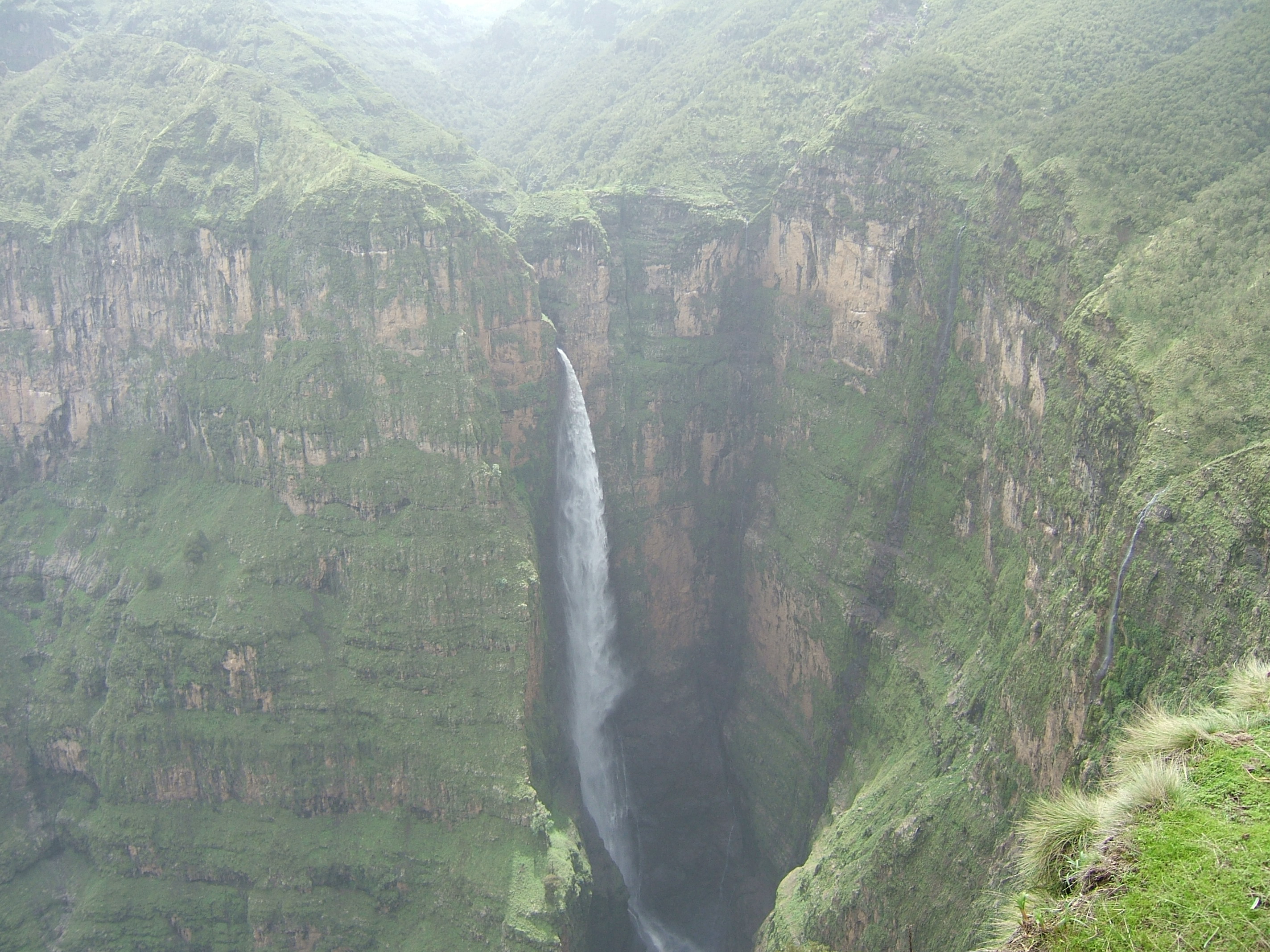The winter solstice is on December 21st. The
average max temperature is about 73° Fahrenheit. The average minimum
temperature is about 41° Fahrenheit. During the winter, morning frost is most likely
to occur, especially during the month of January. It is also a season for
occasional rain.
The summer solstice occurs on June 21st. The
average maximum temperature during this month is about 75°F.
The average minimum temperature during this month is about 51°F. Heavy rain is common during the summer months
of June to August. The capital city of Addis Ababa experiences hail and more
cloud cover so this plays a role in the cooler temperatures.
The spring equinox occurs on March 20. The average maximum
temperature is about 77°F. The average minimum temperature is about 49°F.
There is not much precipitation during this season. It is known in Ethiopia as
the harvest season. This season is probably the best time to go if you want to
visit Ethiopia.
The autumnal equinox occurs on September 23. The average
maximum temperature is about 70°F. The average minimum temperature is
about 51°F.
This season experiences occasional showers, but nothing too heavy. May is known
for being the hottest month in Ethiopia.
If you are interested in visiting the city of Addis Ababa,
the spring season (September to November) would be the best time to go. This is
in comparison to the other seasons. June through August, in the city, is known
for experiencing heavy rain. December
through February, the winter season, is dry with morning frosts. Lastly, the
autumn season (March through April) has occasional showers, but May is known
for being the hottest month in Ethiopia.
Ethiopia has a number of beautiful scenic places that are
ideal to see during the spring. One of these is the Blue Nile Falls, which is
located in Bahir Dar, north of Addis Ababa. This waterfall is located on the
shores of Lake Tana, which is the biggest lake in Ethiopia. Another sight to
see is the Semien Mountains, which is farther north of Lake Tana. The Semien
Mountains are a UNESCO world heritage sight and is a plateau separated by
valleys and rising to pinnacles. The tallest peak, Ras Dashen, is 4,500 meters
high.
There are
no potential weather hazards in the spring season. I recommend those interested
in travelling to Ethiopia to go during the spring because the temperature is
very comfortable. An average maximum temperature of 77°F is definitely not too hot or
too cold. Also, there is not much precipitation during the spring months, so it
is an ideal time to go especially if you’re a nature lover and want to see some
of Ethiopia’s scenic places.


Semien Mountains and Blue Nile Falls, respectively. Picture sources: wikipedia.org, artmundus.wordpress.com
Ethiopia: See nature’s old gifts and live life untamed!
Sources:
http://www.weather-and-climate.com/average-monthly-min-max-Temperature-fahrenheit,Addis-Abbeba,Ethiopia
http://www.ethiopiantreasures.co.uk/pages/climate.htm
Sources:
http://www.weather-and-climate.com/average-monthly-min-max-Temperature-fahrenheit,Addis-Abbeba,Ethiopia
http://www.ethiopiantreasures.co.uk/pages/climate.htm